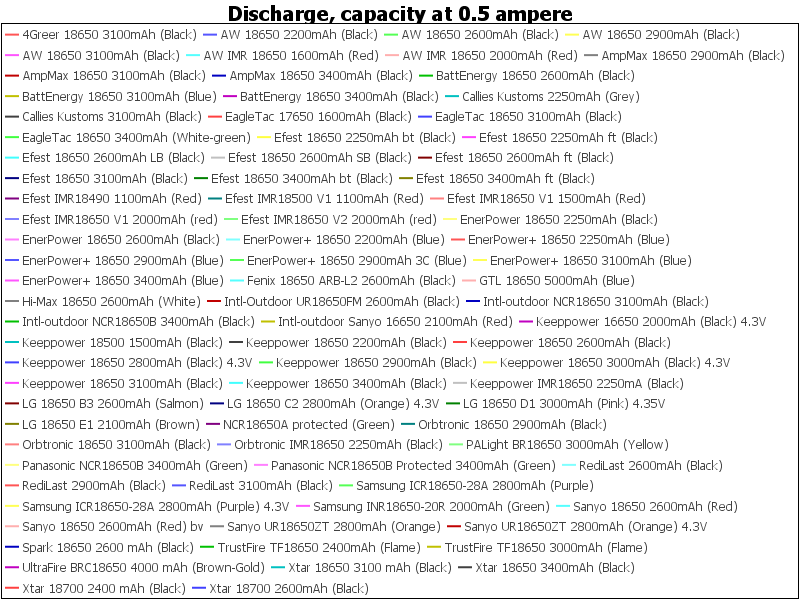

What is the difference? Simply: it’s the size of the battery itself, much like an AAA or AA battery, for example, the 26650 is bigger than the 18650. The most commonly used batteries in vaping for GOOD REASON (Due to their High Drain Rate due to their chemical makeup and better “Amperage Rating” which we’ll cover below.) by far are the 18650 and 26650 batteries. Most laptop battery packs even use multiple 18650 style batteries in their internals to provide power to your laptop, as do most things that use battery packs such as construction tools. The truth is that the battery cells used with e-cigarettes are very, very similar and in many cases, the exact same as you will find in cell phones, tablets and electronics across the world. We cannot stress enough that one uses common sense when it comes to vaporizers. Don’t remove any of the plastic wrappings from your battery, if you see any exposed metal or cuts in the wrapping of your battery, be cautious and get a new battery or re-wrap it. And in the rare cases, that they do, human error is to blame.Ĭommon sense is your best ally when it comes to electronics of any kind, don’t place your batteries next to a sink, don’t place them on a steel or metal table or surface, keep them dry and away from metal objects. NEVER place batteries near or on top of any kind of metal objects, such as a table, laptop or freezer!īattery technology has moved forward and many safety measures have been implemented and the culture of vaping has set standards and only recommends specialized, high drain batteries that have been standard now for quite a few years and AUTHENTIC, HIGH-QUALITY batteries 99% of the time don’t just randomly compress their contained energy and explode anymore. NEVER blindly place batteries in your device, always ensure you are properly installing them and NEVER place batteries in a device/charger backwards or improperly! (Including internal batteries being charged via USB!) NEVER leave charging batteries unattended for long periods of time. 18650’s should be charged at 1.0A, 26650’s should be charged at 2.0A and one should only use the same kind of USB cord as that which came with your device in the case of USB charging. NEVER charge your batteries at a rate you aren’t sure they are safe with. ALWAYS use the same brand, same aged and same exact model of batteries together! NEVER use off-brand, unmarried batteries. NEVER keep extra batteries stored without a case or carry them loosely, a single piece of metal touching the contacts of a battery can cause it to discharge in your pocket. Inspect your batteries! If you are unsure, it’s best to get NEW batteries or have an experienced individual re-wrap your current batteries. An unwrapped or damaged battery is guaranteed to be a potentially dangerous battery. NEVER remove the wrapping from a battery or use a battery with damaged wrapping where you can see the exposed metal of any kind.


 0 kommentar(er)
0 kommentar(er)
